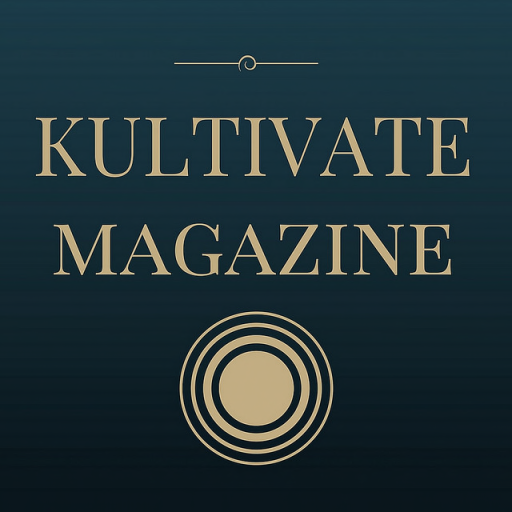For many of us, Second Life is a virtual playground of possibilities, a
light-hearted virtual holiday from reality - But for some, it’s a lifeline.
In the United States alone, according to the Congressional Committee
findings for the Americans with Disability Act (ADA), 43 million citizens out
of the total population of about 250 million are disabled. That’s 17%, (one in
five) who have some type of disability. This makes disabled people the largest
minority group in the U.S. In the same way that real life poses
challenges to anyone with disabilities, Second Life does too. How would
your first day in SL have been if you had control of only one finger to type,
or were using voice recognition software to control your computer?
I asked myself this very question last year, when a close friend of mine
wanted to begin her own 'Second Life’.... She lost the use of her hands several
years ago in a car accident. Could she really join the rest of us in SL,
and regain some freedom through the virtual world? I was determined to
find the answer. In the hope that others might discover more inclusion, understanding
and support than I ever could have hoped for, I'm keen to take
this opportunity to share two of my favourite places in SL. Thanks to
them, my friend can now meet anyone around the world from her wheelchair, talk
about her experiences, create her own sims - Her smile is one of the most
beautiful things I've ever seen, and since she has been welcomed into SL, it's
a smile of confidence I can see more and more of. If you find this even a
little interesting, they're really worth a visit and definitely worth passing
on to others.
Virtual Ability Inc. developed a partnership with
The Alliance Library System to create ‘Virtual Ability Island’, using an
initial grant from The National Library of Medicine.
Upon arrival you are surrounded by useful information, support,
conference and meeting dates, not to mention beautiful scenery, all helping to
provide an immediate sense of community. From the welcome area there’s a clear
view of the comprehensive training area, sharing everything needed to begin
learning essential SL skills, with clear information boards and practical
demonstration apparatus available.
Two colourful training/meeting centres linger on the horizon, with
the larger ‘Sojourner Auditorium’ dominating the field of sight – It’s
beautifully built, and hosts a plaque created in dedication to Karen Gans
(known in SL as, ‘The Sojourner’). Karen founded the ‘Dreams Community’,
supporting education for stroke survivors and people on the autistic spectrum,
and was also on the Building Advisory Committee for Virtual Ability
Island. She died in May 2008, her name lent to the grand Auditorium to
honour her tremendous contribution.
‘Cape Able’, also owned by Virtual Ability, is managed by RL
Virtual Ability board member Treasure Ballinger. It’s one of 5 award
winning sims developed to make SL easier to navigate, and to provide home
points for its disabled citizens.
It is the only sim in Second Life geared towards the needs of deaf and
hard of hearing SL residents, as well as all other disabilities. With a
Resource Centre using clickable information on the ADA laws, the history of
Deaf in America, references to disability related websites, Cape Able also
hosts the only authorized virtual world Deaf Chat Coffeehouse which is
sponsored by Starbuck's in RL. In addition, their Gallery exhibits work
by deaf and disabled artists across SL and RL, and is based on residential
land, allowing them to offer reasonably priced parcels and tier rates.
The Island’s residents, support staff and members make no distinction
between those with disabilities and those without – Some choose to share
knowledge of their disability, while others do not, deciding to appear
completely non-disabled in second life. But one thing is always clear;
without the continuing hard work and dedication shown by everyone involved
here, Second Life would be a much colder and far less accessible place to
be. And we would all be poorer for it.






























































Awesome story!
ReplyDelete